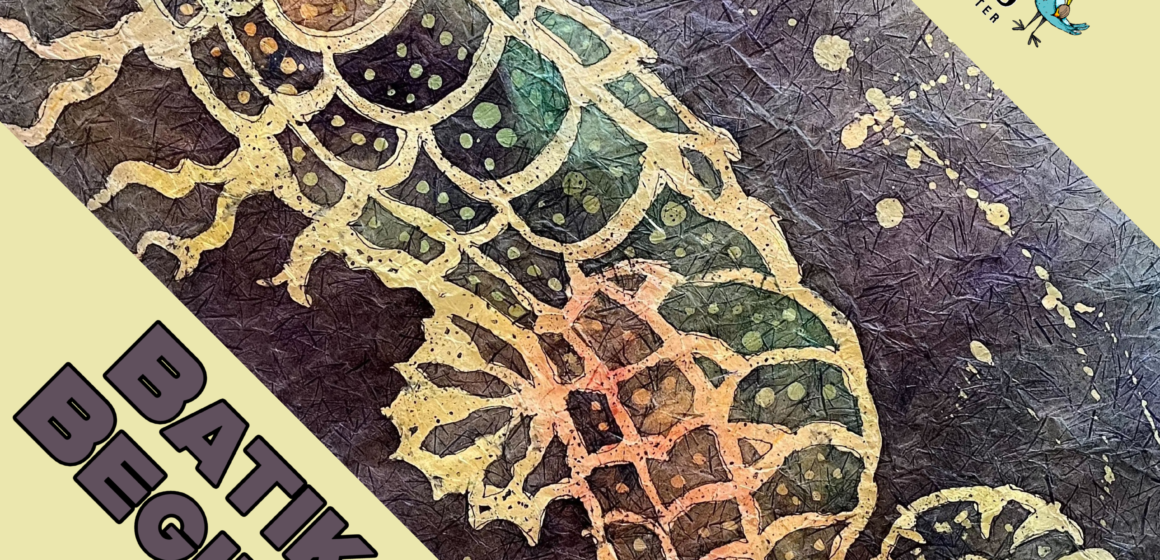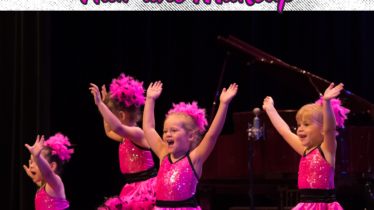Batik is a super cool and unique method of painting! We are excited to offer our first Watercolor Batik Class at Songbirds, so I wanted to write a little more about what Batik is like!
The Paper:
Most paintings are done on canvas or watercolor paper, but Batik requires special Asian-produced products like Awagami Ginwashi rice paper. These papers take water differently, are often semi-transparent, and have different strengths than what you may be used to. Fortunately, you can use any regular watercolor paints to create a Batik piece.
The Special Method:
Batik focuses on the technique of using a Resist, or a material that blocks water and paint from soaking into the rice paper. For Batik, it’s common to use paraffin wax. If you’ve ever died Easter eggs using the wax pencil or experimented with the mysterious white Crayola crayon, you probably know how to do this trick already. Watercolor paints won’t penetrate wax – Batik exploits this by slowly building up colors around areas that have been coated in wax and will therefore remain white or transparent.
Melted wax is carefully painted on the rice paper and allowed to dry before the watercolor paints are brushed over the design.
But Wait – How Can I See It?
With wax being white and difficult to see, how can you know where to paint? Remember that rice paper is semi-transparent! It’s common to draw a design on regular paper with a dark marker and place it under the rice paper. Batik is like advanced-level tracing! You can also use a permanent, waterproof pen to sketch outlines and designs directly on the rice paper before applying wax or paint.
Sealing:
After your Batik design has been painted, it’s time for one more exciting step! Most pieces are coated with a thin wash of wax and then crumpled up after the coat has dried. This forms thin cracks in the wax. A final wash of color can be painted over this and sealed in again with a coat of wax, creating a distressed and vibrant finish over the design!
The Display:
The finished Batik piece remains semi-transparent, so there’s a lot of creative wiggle room with how it’s displayed! You can experiment with different colors and brightnesses of backing and matting to make the work really pop.
Conclusion:
We can’t wait to learn Batik with Patte Kayne at Songbirds! Check out our first Batik class HERE, and stay tuned for future updates to the Knowledge Blog! Until then, keep creating!




